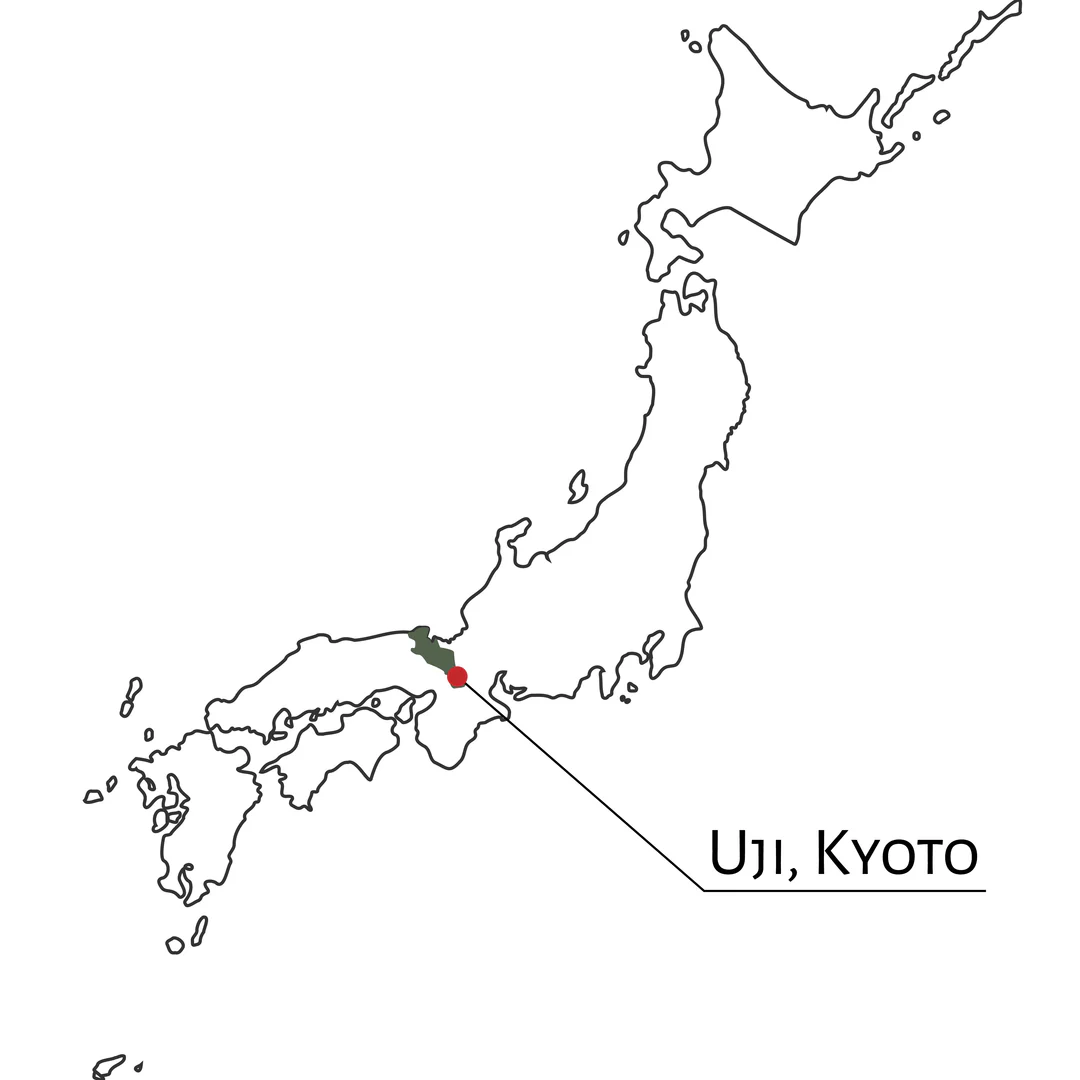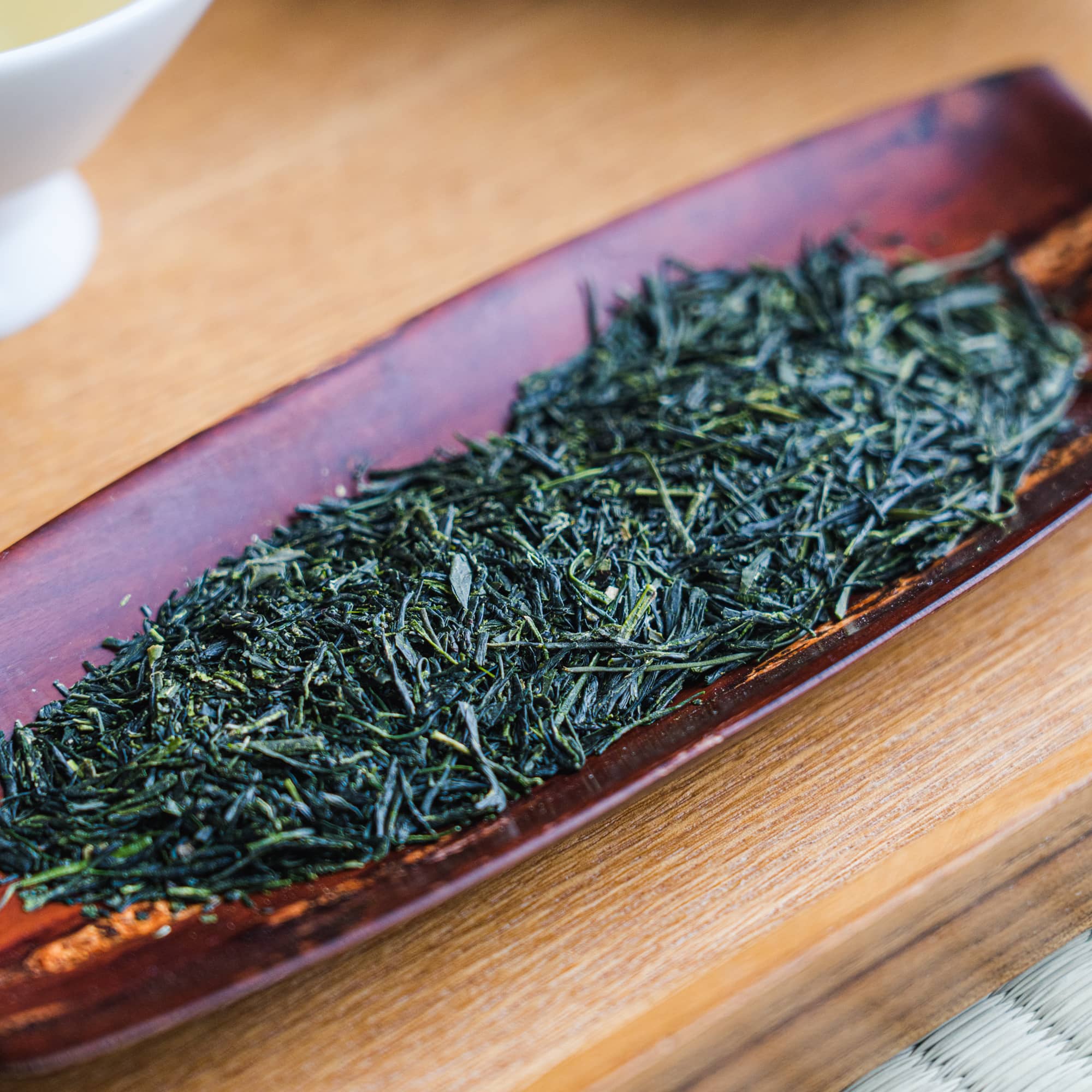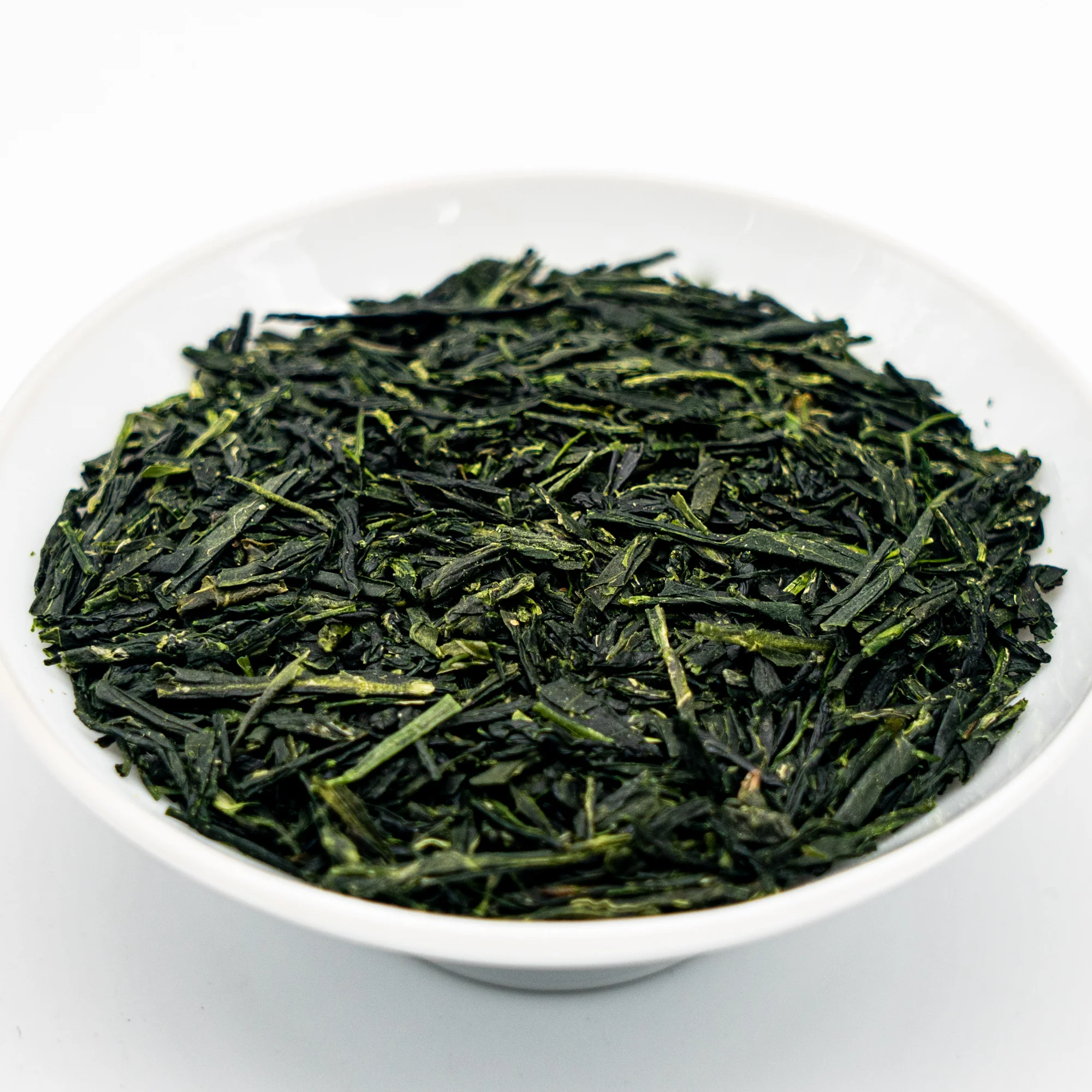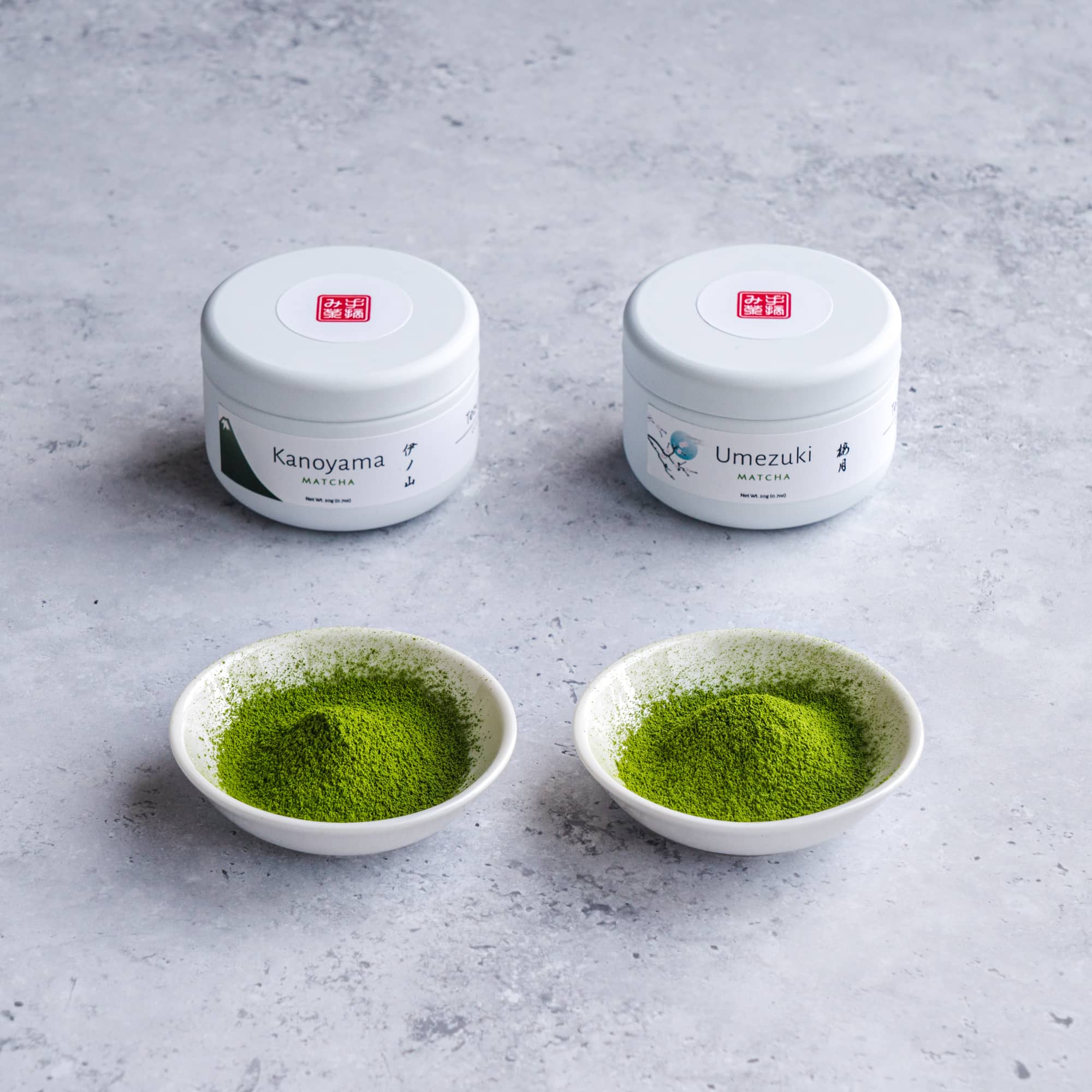A rarity even in Japan, this hand-picked gyokuro was honzu-shaded for over a month before being masterfully hand-rolled on a charcoal-heated Hoiro in small batches of around 700 grams. Bursting with flavour and sophistication, this is a true gem of Uji tea.
Honzu (本簀) shading is the most traditional shading method. Dating back at least over 400 years, the Honzu method uses the same shelf system as kanreisha but uses a screen of reeds as the first layer of shading instead of synthetic fabric. Though considerably more labour intensive and expensive to construct, the reed screen allows for even more air and moisture to circulate around the plants producing higher-quality, more complex teas. Additional layers of shading are added by placing straw mats on top of the reed screen.
Temomicha (手揉み茶 - hand-rolled tea) usually refers to the extremely rare hand-rolled sencha. Temomi gyokuro is perhaps even rarer. Historically, all gyokuro was hand-rolled, however mechanisation of the sencha rolling process allowed farms to produce sencha and gyokuro faster and cheaper. Hand-rolling would have died out if it weren't for the various temomi preservation societies, which have turned this vanishing tradition into an annual competition. Now extremely rare, hand-rolled teas are made from top quality leaves and processed to perfection.
Like all gyokuro, this tea was first steamed to deactivate the oxidising enzymes. To keep the leaves intact and preserve their fresh flavour, temomicha is steamed very lightly. From there, the leaves are rolled in a multi-stage process designed to break down the cell walls, even out the moisture content, dry the leaves, and finally shape them into tightly-rolled needles. All of this takes over six hours and takes place on a specialised table called a hoiro (焙炉) which covered in washi paper and heated from underneath by charcoal.
The entirely handmade nature of this tea is evident in all aspects of it: the perfect needles, the exquisite 'ooika' aroma, the intact leaves that unfurl as they steep, and the deep and complex umami taste.
Uji city in Kyoto has long been at the centre of Japanese tea and has been famed for its high-quality matcha production for centuries, dating back to the 12th century. The shading method used to produce modern matcha (c. 16th century) along with sencha (1737) and gyokuro itself (1835) were all invented by Uji farmers looking to push the boundaries of tea quality. Though the name Ujicha remains associated with high-grade tea, most tea branded as Ujicha is produced in the neighbouring towns of Ujitawara, Minamiyamashiro, Kizugawa, and primarily Wazuka.

Cultivar: Samidori
Region: Uji, Kyoto
Producer: Yoshida Meichaen
Harvested: May 2, 2023
Elevation: 15m
Shading: 40 Days; Honzu
Picking: Hand-picked

Brewing Instructions

Tea/Water Ratio

Water Temperature

Brewing Time
Meet the Producer
Yoshida Meichaen (吉田銘茶園)


Cultivar: Samidori
Our Loose Leaf Selection
View all































